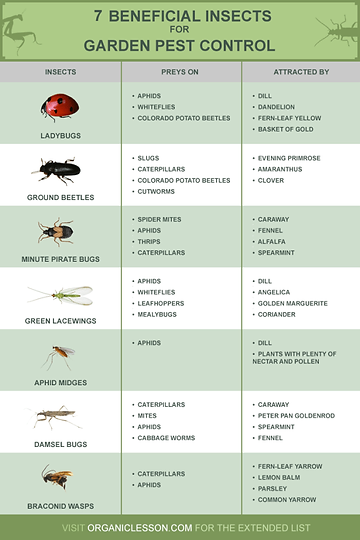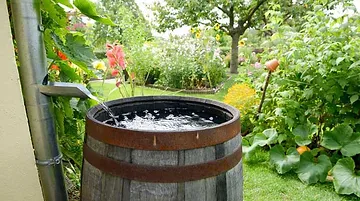Between endless droughts and constant heatwaves, having eco-friendly landscaping can be considered a
must. Taking the eco-friendly path means you won’t sacrifice the environment for beautiful landscaping. It’s also better for your plants and soil in the long run. Here are some ideas for having an eco-friendly yard.
Shop Local for Landscape Supplies
The first suggestion can be the hardest to follow. It’s tempting – and convenient – to go with sites like Amazon for landscape supplies. Unfortunately, what you save in money adds a lot to your carbon footprint. Small businesses are more likely to source plants and materials locally, which helps you take a big step towards an eco-friendly garden. They also tend to be more intentional about what’s used in
their products, meaning potentially fewer chemicals in your plants or materials.
On top of helping the environment, you’ll be sustaining jobs in your community – that’s a nice bonus. So next time you need supplies, give your local nursery a shot. They can also be a great resource if you need landscaping advice.


Attract the Good Bugs to Fight the Pests
Insects are nature’s original form of pest control, and using plants to encourage visitors is hugely eco-friendly. Attracting insects to pollinate plants or fight off harmful pests means using fewer chemicals to solve your problem.
Next time you notice an infestation, take a picture and research ways to encourage its natural competitor to visit your yard.
Here’s a chart on attracting common insects to help you get started ——————->
Harvest Rainwater for Irrigation
Collecting rainwater is a great way to go eco-friendly because it diverts pollution from the city water supply. By placing a rain barrel under your gutter’s downspout, you reduce storm water runoff and get free water for your plants or ground cover.
Not only is it free, but it also supplements your regular irrigation, which cuts down on water waste.
According to the EPA, “… as rainwater flows over a roof surface, it can pick up pollutants such as
bacteria from birds and other animals, and chemicals from roof materials,” so it might be best to avoid
using it for vegetable gardens.

Eco-Friendly Practices are Here to Stay
The need to go eco-friendly is only growing, and it’s important to consider how your choices in
landscape design or products impact the environment around you. Simply choosing to collect rainwater,
weeding by hand, or attracting insects can have a lasting impact beyond your yard.
Ready for an eco-friendly yard and need help getting started? Give us a call at 818-751-2690 or
contact us here.
